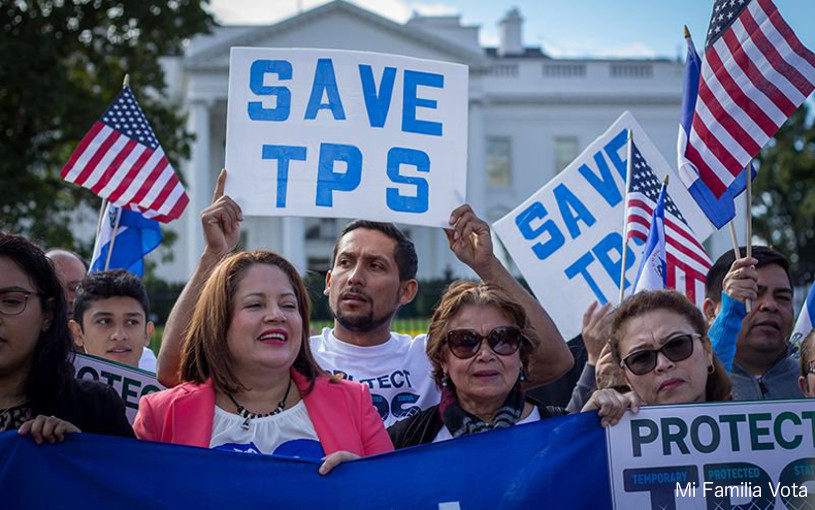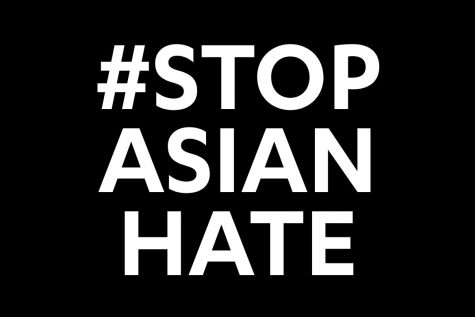Temporary Protected Status
November 27, 2017
Temporary Protected Status is a temporary immigration status given by the U.S. It is granted to eligible nationals of designated countries. This is given to immigrants of the United States bec ause they are temporarily unable to safely return to their home country because of ongoing armed conflict, an environmental disaster, or other extraordinary and temporary conditions. Immigrants who were granted this program were able to obtain a work permit. (T.P.S does not lead to permanent residency).
ause they are temporarily unable to safely return to their home country because of ongoing armed conflict, an environmental disaster, or other extraordinary and temporary conditions. Immigrants who were granted this program were able to obtain a work permit. (T.P.S does not lead to permanent residency).
Throughout the years, both Republican and Democratic presidents have renewed Temporary Protected Status for many beneficiaries of designated countries. The current administration does not seem to share the same sentiments towards this program.Ever since President Trump won his presidency, his appointed “Chief of department of Homeland Security” has made threats of ending this program because “their homelands are no longer in perilous conditions”. Most recently the Secretary of State Rex Tillerson demanded for T.P.S to be withdrawn for Central Americans and Haitians by sending a letter to the DHS stating that “conditions in those countries had improved to the point that people no longer needed protection.”
What countries were benefited ?
- El Salvador (2001)
- Haiti (2010),
- Honduras (1998) ,
- Nicaragua , (1998)
- Nepal, (2015)
- Yemen and a few others.
There are approximately 300,000 people protected according to San Francisco Bay Area Immigration Law. The three countries with the largest number of T.P.S beneficiaries are El Salvador (estimated 195,000), Honduras (estimated 57,000), and Haiti (estimated 50,000).
How long have they been in this country? :
Many have been in this country legally for about 20 years. They have managed to buy homes, maintain jobs, create their own businesses and some have even made it to the middle class. These people are hard working, and are paying their taxes. T.PS beneficiaries from these nations have an estimated 273,000 U.S. citizen children who were born in the United States.
The end of T.P.S
About 7 days ago the DHS ended T.P.S for Haitians, and completely disregarded the destructive earthquake that happened in 2010 (not so long ago) and the poverty in which they live in now.
On November 6th the DHS decided to end T.P.S for Nicaraguans as well. Nicaragua is the poorest country in Central America, and the second poorest in the Western Hemisphere. The secretary of Homeland security justified the end to this program by saying that “the Nicaraguan government did not ask for an extension for its people like other countries did”.
Impact
The impact of ending T.P.S for these and other countries could be dramatic. The Immigrant Legal Resource Center estimates that ending their T.P.S would result in a $45.2 billion reduction in Gross Domestic Product (GDP) and $6.9 billion reduction in Social Security and Medicare contributions over the next decade. Employers would be hit especially hard; if this workforce was laid off in large numbers, employers could face $967 million in turnover costs.
The end of T.P.S for many people is devastating. The government is telling these hard working people to pack up 20 years of lives, that include marriages, children,homes,jobs…. And return to their home countries.This decision is inhumane and unjustifiable.Many of these countries have stated that they are not capable of accepting back so many individuals.
Haitians and Nicaraguans are now given 18 months to finalize and legalize everything that is necessary for their departure. Honduras and El Salvador are still awaiting for the decision that may or may not affect them as well.






